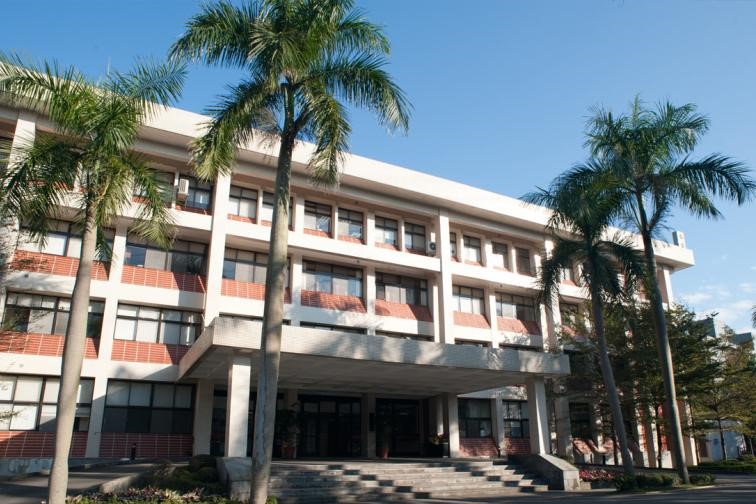- 演講或講座
- 生物醫學科學研究所
- 地點
生醫所地下室B1A演講廳
- 演講人姓名
簡文森 (TIGP-MM Student)
- 活動狀態
確定
- 活動網址
Kawasaki disease (KD) and multisystem inflammatory syndrome in children (MIS-C) are highly similar pediatric syndromes characterized by vasculopathic, cardiac, and systemic immunopathologies. Notably, the cardiac pathologies, including myocarditis and coronary artery aneurysm (CAA), predispose patients to increased risk of mortality through myocardial infarction. Given the overlapping molecular mechanisms of KD and MIS-C, they can be targeted via a key regulator controlling both diseases. However, the key pathogenic drivers are largely undefined.We integrated multi-cohort real-world clinical data of PBMC single-cell transcriptomes of KD and MIS-C at various stages, as well asother pediatric diseases. We investigated the molecular mechanisms underlying KD and MIS-C cardiovascular disease development and validated the key findings through further independent cohorts of transcriptomics data. Through a series of bioinformatics and cheminformatics approaches, we identified novel pathological drivers and proposed small molecule drugs against KD and MIS-C.Our findings reveal the expansion and hyperactivation of CD177+neutrophils in KD and MIS-C which may mediate a vasculature homing mechanism (through CD31 and PDPN). Intriguingly, CD177+neutrophils distinctly activated cardiovascular disease-associated immune signatures, overactivated its effector repertoire pathways, and exerted molecules with central functions in mediating systemic inflammation and unrestricted molecular damages. Disease-gene network mapping revealed the connection of CD177+neutrophils with coronary and myocardial disorders. Transcriptionally, these aberrant neutrophilic activities could be driven by a SPI1-dependent regulatory network of shared neutrophil expression program (SNEP) in KD and MIS-C, that is associated with clinical severity, treatment, and recovery. Through high-dimensional weighted gene co-expression network analysis, we identified S100A12 and TSPO as primary targets involved in CD177+neutrophil hyperactivation in KD and MIS-C immunopathologies and identified FDA-approved drugs that can be developed as a single therapeutic strategy to attenuate both diseases.Our findings suggest the pivotal role of CD177+neutrophils in KD and MIS-C vascular, cardiac, and systemic immunopathologies via the hyperactivation of effector pathways involved in molecular damage and its aberrant vasculature homing effect. As key molecular drivers central to KD and MIS-C immunopathogenesis, S100A12 or TSPO targeting may be developed into novel therapeutic strategies.
Taiwan International Graduate Program in Molecular Medicine,
National Yang-Ming University and Academia Sinica
Doctoral Dissertation









 首頁
首頁

